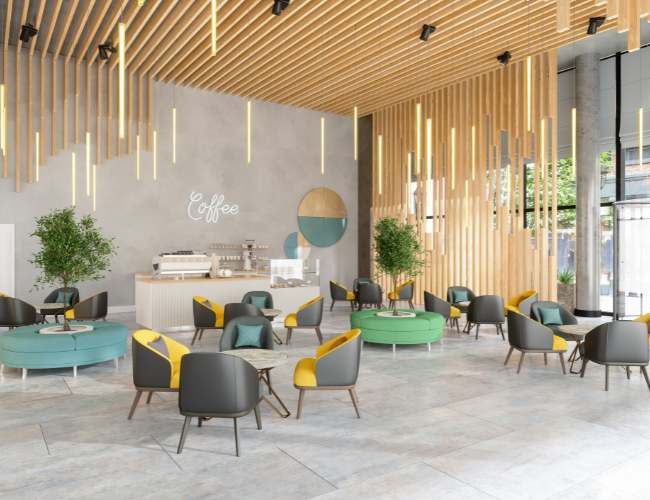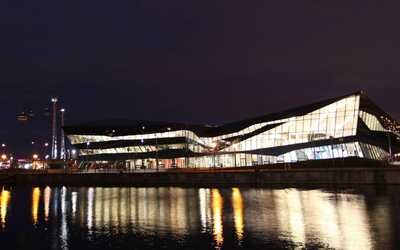Specifying Smart Building Technology
How We Can Help
As a building specifier, you play an important role in ensuring that a building is designed and constructed to meet the needs and requirements of building owners and occupants. One of the key elements of this process is specifying the most appropriate smart building technologies.
We’ve got years of expertise in delivering smart building technologies and could help you make the right decisions for your project.
Identify the Goals and Requirements of the Building
The first step in specifying smart building technologies is to identify the goals and requirements of the building. This includes considering factors such as energy efficiency, comfort, safety, and security. By understanding the specific needs of the building, you can determine which smart building technologies are most appropriate for the project.

Scalability and Future Proofing
Building technology is constantly evolving, and it’s important to consider the long-term goals and requirements of the building when specifying smart building technologies. Choosing technologies that are scalable and can be upgraded in the future helps ensure the building remains relevant and efficient in the years to come.
It’s also worth thinking about the probable longevity of the technology. Indicators that favour the longevity of a technology include:
- There’s an active contractor community working with it
- Manufacturers are investing in it
- It uses open rather than proprietary standards
- It is popular in its market

Evaluate Compatibility with Existing Systems
When specifying smart building technologies, it’s important to consider compatibility with existing systems. This includes evaluating whether the technology can integrate with existing building automation systems, energy management systems, and other systems used in the building. Ensuring compatibility will help ensure that the technology can be effectively integrated into the building and that it works seamlessly with existing systems.

Looking to deploy smart building technology?
With our in-depth knowledge and experience, we can provide tailored solutions that perfectly align with your project’s needs.
Open Versus Proprietary Standards
Proprietary systems refer to control technologies that are owned and controlled by a single vendor. These systems can be expensive, and building owners may be locked into a single vendor for maintenance and upgrades.
Open standards, on the other hand, refer to building control technologies that are based on open, non-proprietary protocols. These technologies are typically less expensive and provide greater flexibility, as they can be easily integrated with other systems and expanded in the future. Open standards also offer greater vendor choice, as building owners are not limited to a single vendor for maintenance and upgrades.
Ultimately, the decision between proprietary and open standards for building control technologies will depend on the specific needs and requirements of the building. Factors such as cost, integration, scalability, and vendor choice should be considered when making this decision.

User Experience
In recent years, there has been a growing focus on the user experience in buildings, and it’s important to consider this when specifying smart building technologies. This includes considering technologies that can help enhance the experience of building occupants, such as occupant comfort and engagement technology, digital signage, and mobile apps. By enhancing the user experience, you can help ensure that the building is comfortable and enjoyable for building occupants.

Work with a Knowledgeable and Experienced Systems Integrator
Finally, it’s important to work with a knowledgeable systems integrator when specifying smart building technologies. A systems integrator can provide valuable insights into the latest smart building technologies and help you determine the most appropriate technologies for your building. They can also provide technical support and advice throughout the design and construction process, ensuring that the technology is installed correctly and functions as intended.





